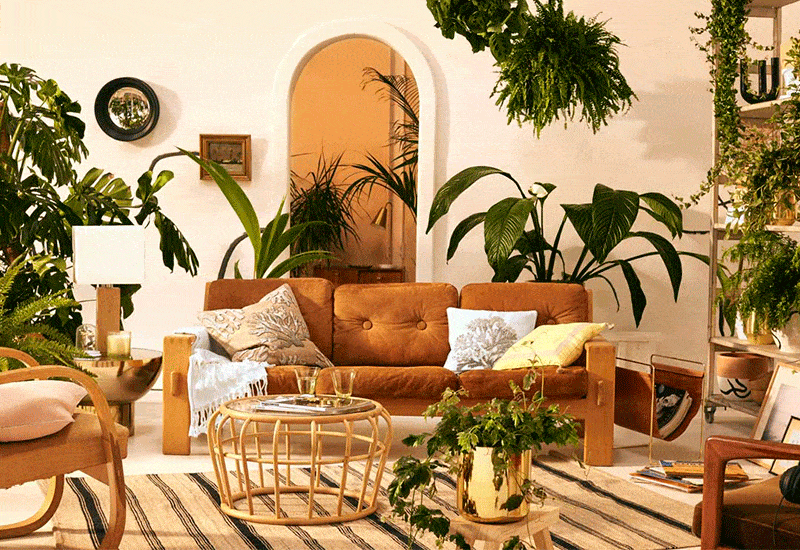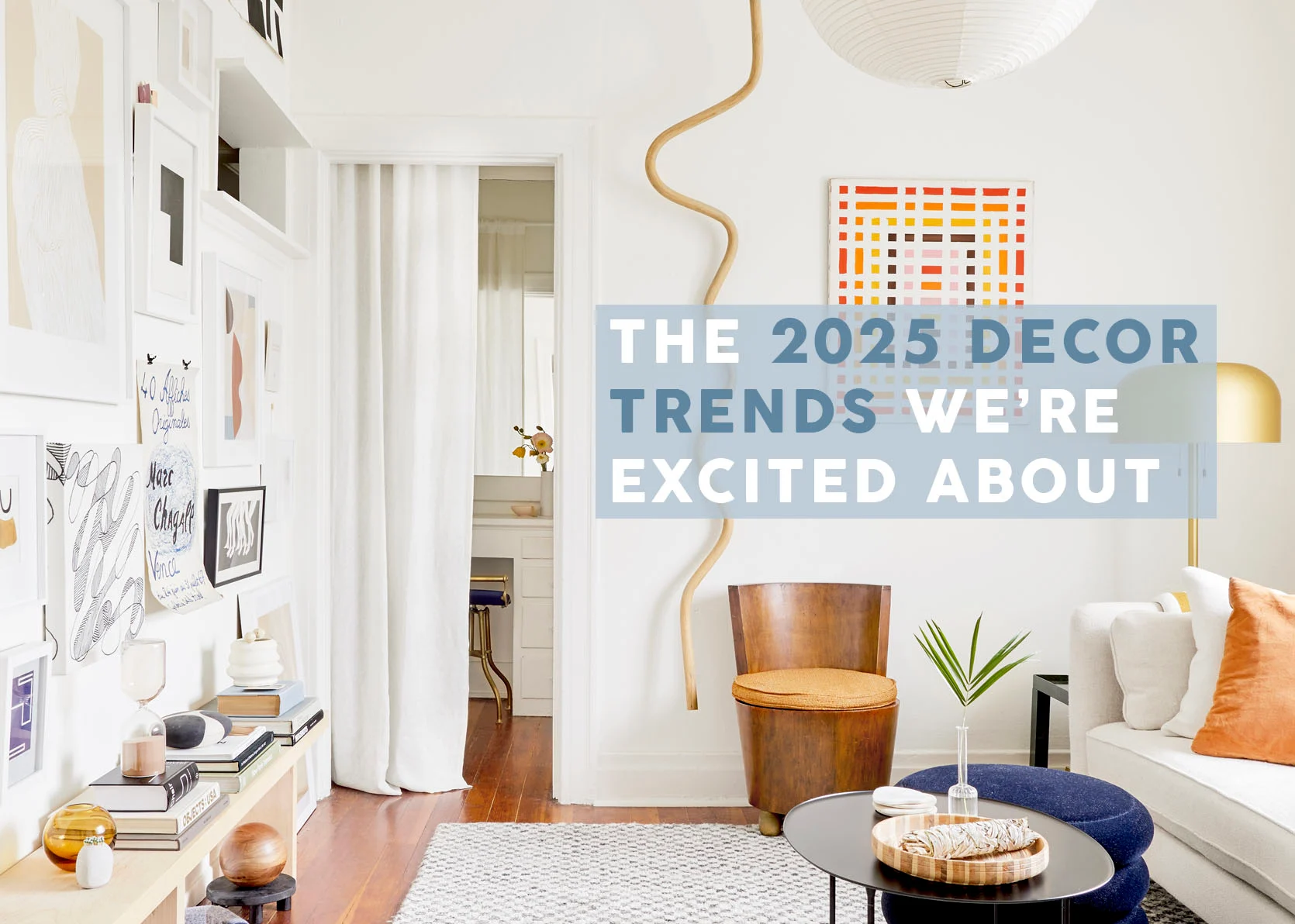Introduction
When it comes to transforming your living space, one of the most pivotal decisions is the color of your walls. The conversation often centers around a binary choice: light walls vs dark walls. For decades, opinions have been polarized and myths have persisted about how each option affects space, mood, light, and even a home’s value. This comprehensive guide breaks down those myths, offering expert analysis, practical advice, and real-world inspiration for interior remodels. Whether you’re upgrading a single room or planning a complete renovation, understanding the truth behind wall color choices will empower you to create a home that truly reflects your style and functional needs.
Table of Contents
- Why Wall Color Matters
- The Psychology of Color
- Myths About Light Walls
- Myths About Dark Walls
- Comparative Analysis: Light vs. Dark Walls
- Factors to Consider When Choosing Wall Colors
- Practical Advice for Light Walls
- Practical Advice for Dark Walls
- Accent Walls: Blending Both Worlds
- Lighting and Its Impact
- Design Styles and Color Pairings
- Maintenance, Durability & Real-Life Usage
- Expert Opinions
- Conclusion
Why Wall Color Matters
The color of your walls is not just a decorative choice – it’s foundational to the perception and feel of a room. Wall color impacts:
- Room size and spatial perception
- Mood and energy
- Property value
- Compatibility with furniture and art
- Lighting needs
Understanding their true effects is essential for a successful remodel.
The Psychology of Color
Colors have a profound influence on mood.
- Light Colors: In an article on ArchDaily, it’s noted that “light colors: Whites, pastels, and neutrals tend to create a sense of openness, peace, and cleanliness.”
- Dark Colors: According to Wicked Walls, “Dark Colors: Navy, charcoal, deeply saturated hues evoke sophistication, intimacy, and comfort.”
Many homeowners fear dark colors due to outdated beliefs, but recent trends and expert opinion reveal their unique advantages.
Myths About Light Walls
Myth 1: Light Walls Always Make Spaces Look Bigger
- Light colors do reflect more natural light, creating an airy effect, especially beneficial in small, dimly lit rooms. However, they can also accentuate shadows and imperfections on the walls.
Myth 2: Light Walls Are Easiest to Maintain
- Light-colored walls are prone to showing stains and scuffs. High-traffic areas or rooms used by children and pets can be harder to keep spotless.
Myth 3: Light Walls Are the Only Modern Option
- While minimalism often features white or pale walls, bold interior designs now frequently integrate color-drenching or vibrant accents, debunking the idea that modern automatically means light walls.
Myths About Dark Walls

Myth 1: Dark Walls Make Rooms Look Smaller
- Dark hues do not universally shrink room perception. Proper use of lighting, layering, and strategic accents can create depth and make a room feel expansive and welcoming.
Myth 2: Dark Walls Are Gloomy or Depressing
- A well-chosen dark color can create warmth and a dramatic effect. They can bring coziness and sophistication, especially in larger spaces or where contrasts are well planned.
Myth 3: Dark Walls Hide All Imperfections
- While dark paint can mask minor blemishes, it can also make dust and streaks more visible, depending on the finish used.
Comparative Analysis: Light vs. Dark Walls
| Feature | Light Walls | Dark Walls |
|---|---|---|
| Perceived Space | Enlarges rooms, ideal for small areas | Adds depth, can expand with right lighting |
| Maintenance | Shows scuffs, may require frequent cleaning | Satin/matte finishes help hide dust |
| Mood & Ambience | Clean, airy, uplifting | Cozy, intimate, sophisticated |
| Impact with Furniture | Easier to match, less risk | Highlights artwork, creates striking contrasts |
| Trendiness | Timeless but requires accents to avoid blandness | On trend, bold, used in luxury homes |
Factors to Consider When Choosing Wall Colors
- Natural Light: Rooms bathed in sunlight can handle both dark and light walls. Windowless or north-facing rooms may benefit from lighter tones.
- Room Function: Dark walls in bedrooms and living rooms foster coziness; light walls are common in kitchens and offices for an energizing effect.
- Ceiling Height: Lower ceilings feel taller with light colors; dark ceilings can cocoon large spaces.
- Existing Décor: Art, upholstery, flooring, and architectural features may dictate suitable color palettes.
- Personal Style: Ultimately, your walls should support your lifestyle and self-expression.
Practical Advice for Light Walls
- Use eggshell or satin finishes for easy cleaning.
- Layer textures and patterns with decor to avoid a clinical appearance.
- Incorporate accent pieces in wood, metallics, or bold hues for warmth.
Practical Advice for Dark Walls
- Introduce mirrors or glass surfaces to reflect light.
- Combine with lighter furnishings, trims, or metallic elements for balance.
- Prioritize layered lighting: add floor lamps, sconces, or under-cabinet lights to eliminate gloom.
- Use satin or washable finishes in high-use areas for easier maintenance.
Accent Walls: Blending Both Worlds
Accent walls are an effective way to enjoy both light and dark color advantages within a space.
- Light Accent Wall: Opens up smaller rooms or adds vibrancy to a moody palette.
- Dark Accent Wall: Creates a striking focal point, frames furniture, and provides visual intrigue.
Experiment with patterns, textures, or wall art to push creativity further.
Lighting and Its Impact
The same wall color can look dramatically different under various lighting conditions:
- Daylight: Enhances the natural undertones of both light and dark walls.
- Artificial Light: Cooler bulbs highlight crispness; warm bulbs soften and add coziness.
- Layered Lighting: Mix ambient, task, and accent lighting for an adaptable environment, especially with dark walls
Design Styles and Color Pairings
Different design styles evoke different relationships with wall color:
- Scandinavian: Predominantly light, airy, and minimalist, with the occasional dark accent for balance.
- Industrial/Modern: Contrasts between stark white, charcoal, and occasional pops of bold color.
- Classic/Luxury: Deep, jewel-like shades paired with gold, silver, or natural stone accents for drama and opulence.
- Eclectic/Boho: Layered, unpredictable, celebrating both ends of the color spectrum.
Maintenance, Durability & Real-Life Usage
- Light Walls: May be better in open-plan or communal areas but need more maintenance in homes with pets/kids.
- Dark Walls: Washable finishes and regular dusting keep them fresh. Satin finishes can be easier to maintain than matte in high-touch zones.
- Finishing Touches: Always test samples on several walls before committing. Observe them at different times of day.
Expert opinions
- Dark Walls Create a Calming Atmosphere: According to Raspberry Flavoured Windows, dark paint on walls doesn’t necessarily feel depressing. Instead, it can feel calming and relaxing, giving a “cocooned and safe” sensation. Dark walls also enhance artwork and objects, making them pop, much like how black clothing appears more expensive.
- Balance Sophistication and Lightness: Khaled, an interior designer writing on LinkedIn, highlights that dark colors bring sophistication and intimacy, creating cozy and dramatic atmospheres—perfect for bedrooms or dining rooms. Meanwhile, light colors contribute brightness and serenity. The key is thoughtfully integrating both tones to maintain an elegant balance in the space.
- Don’t Fear Dark Walls — They Add Contrast: HGTV designers Ben and Erin Napier encourage experimenting with darker paint colors because they add bold contrast that highlights lighter-colored furniture and neutral walls. They advise focusing on personal preference rather than trends, saying, “If you like it, do it”.
- Layered Lighting is Essential with Dark Paints: Sophie Robinson advises that dark-painted rooms need plentiful, layered light—using many lamps, wall lights, and backlighting controlled by dimmers—to prevent the space from feeling gloomy and to enhance moodiness at night.
- Avoid Dark Walls in Rooms with Little Natural Light: Sarah Barney (BANDD Design) and other experts warn that dark paint absorbs light, so in rooms without ample sunlight or large windows, lighter wall colors are preferable to keep spaces bright and inviting.
- Dark Ceilings with Light Walls Add Drama: Jennifer Morris, founder of JMorris Design, explains that painting ceilings dark while keeping walls light can add mood and coziness, especially in taller rooms or those with architectural details. However, smaller, low-ceiling spaces might feel cramped with dark ceilings.
- Choose Warm Whites to Brighten Dark Rooms: Interior designers Emily LaMarque, Soni Mehra, and Nina Lichtenstein recommend warm-toned whites to brighten darker rooms, making them feel airy without the cold or clinical effect of pure white paints.
- Tips for Dark Wall Success: Interior designer Róisín MacArron recommends considering how your room’s light changes during the day, the architectural elements, and even painting the skirting boards the same dark color to increase perceived space height. She notes that though dark walls may make spaces feel “snug,” with the right approach they remain comfortable year-round.
Conclusion
The choice between light walls and dark walls goes far beyond mere aesthetic preference or fleeting trends. Throughout this analysis, we have debunked common myths, demonstrating that both light and dark tones can completely transform a space’s perception and atmosphere when used thoughtfully and strategically.
Light walls bring brightness, a sense of spaciousness, and versatility, making them ideal for maximizing light and openness especially in smaller or darker rooms. However, they often require more maintenance and may benefit from added decorative elements to prevent a cold or impersonal feel.
Conversely, dark walls create depth, sophistication, and a cozy ambiance that is difficult to achieve with lighter neutrals. Far from shrinking rooms, well-chosen dark hues can enhance architectural features and craft inviting, enveloping spaces—provided that proper lighting and balanced contrasts are employed.
The key lies in assessing each room’s characteristics—the amount of natural light, size, furniture style, and function—to select a color palette that meets both practical needs and personal taste. There are no hard rules: the most successful décor reflects the personality of its inhabitants and highlights the strengths of the environment.
Breaking down myths about light and dark walls enables homeowners to experiment, mix styles, and create unique, sophisticated, and lively homes. Ultimately, the best choice is the one that makes you feel comfortable, inspired, and proud of your space.
Ready to Elevate Your Space with Expert Decor and Remodeling?
Don’t wait to transform your home into the stylish, comfortable haven you deserve. Whether you’re debating light walls or dark walls, or planning a full remodel, our team of experts is here to guide you every step of the way.
Get a personalized consultation today!
Email us now at info@groupdecora.com to schedule your free design evaluation or to ask any questions. Let’s create the perfect balance of beauty and function tailored just for you.
Your dream space is just one email away — contact us now and let’s get started!






Leave a Reply